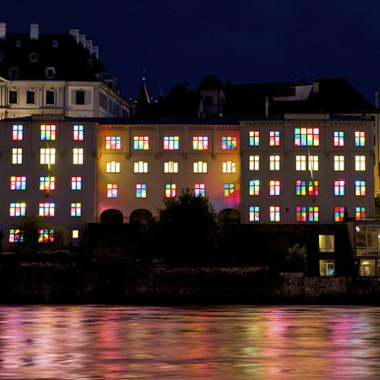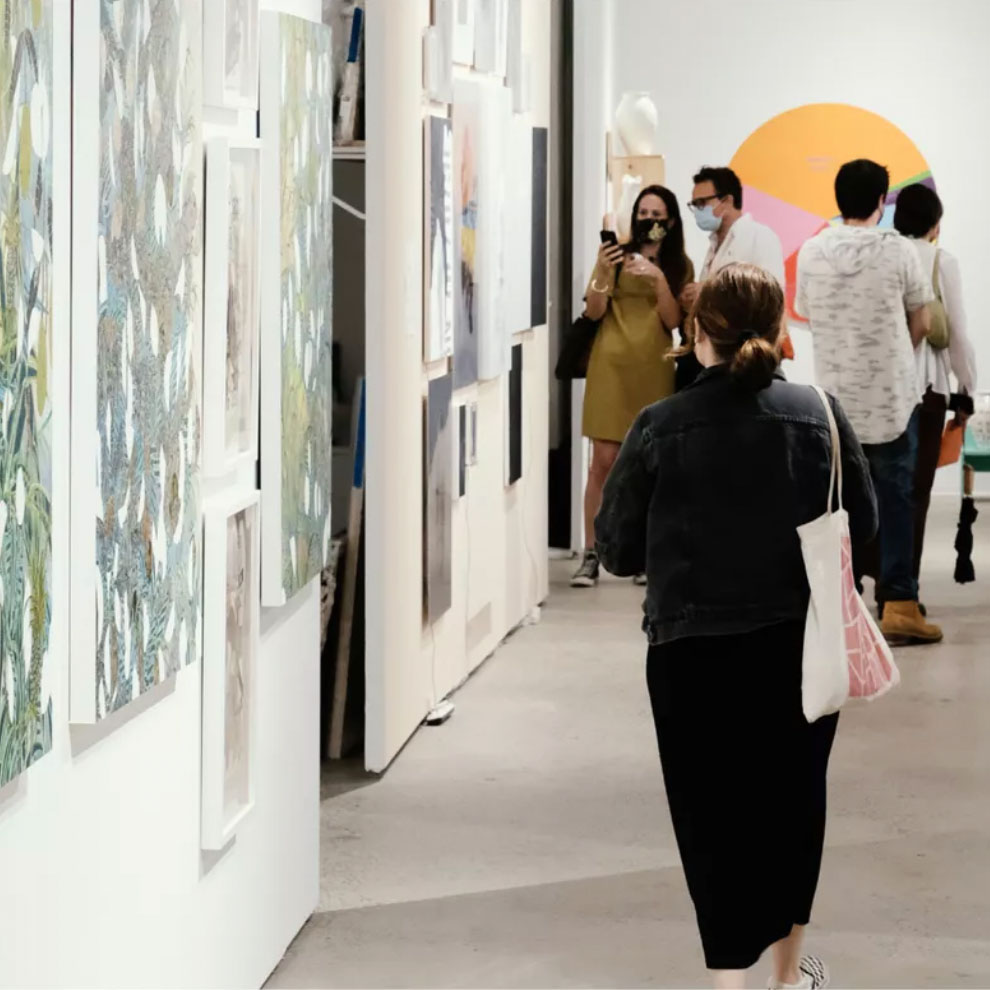Kazuko Miyamoto
A self-titled solo exhibition from the minimalist artist, and former assistant to Sol Lewitt, includes sketches and strings

by Charlotte Anderson
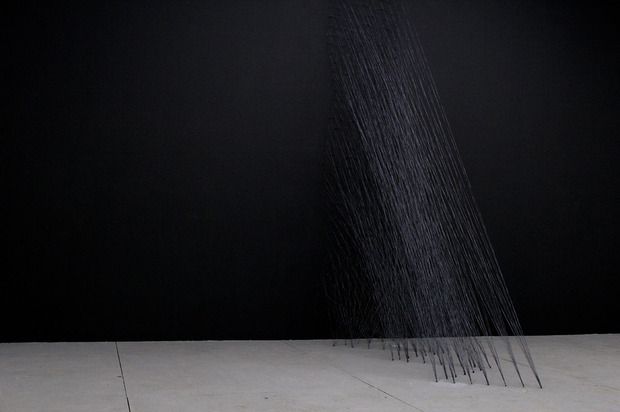
Invisible Exports is a small gallery space that sits just on the border of Chinatown behind an unassuming door at 89 Eldridge Street. There on view until 2 March 2014 are the seminal works of Kazuko Miyamoto, one of the most iconic minimalist artists in New York. Pieces include several of her drawings on graphite paper made in the early to late ’70s, as well as one of her signature installation pieces—a structure made simply of thread and nails that protrudes from the bare walls of the space.
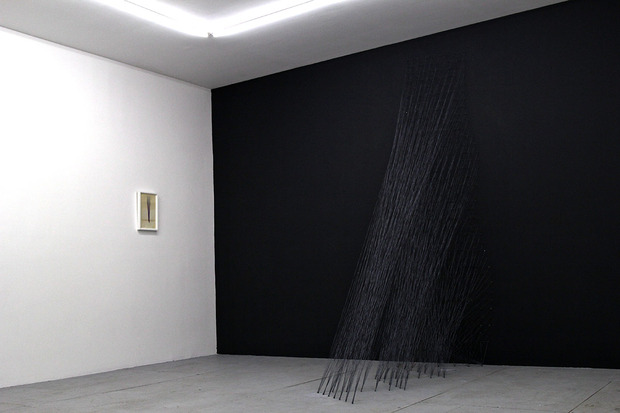
Kazuko Miyamoto was born in wartime Tokyo and moved to New York in 1964. A few years later, she scored an assistantship with Sol Lewitt whom she met by sheer chance during a fire drill (their studios were in the same SoHo building). Over decades the two had an enormous influence upon one another: Both minimalists, both bent upon the destruction of the canvas, both meticulous, both incredibly abstract.

Even at the start of her career Miyamoto’s work bore similarities to Lewitt’s, but her style was strikingly less aggressive. To build her ephemeral sculptures requires patience, a contemplative methodology. She choses her traditionally feminized tools carefully and purposively. And yet these fragile structures jut out unapologetically, reminiscent of Tatlin’s Tower. The forms are almost austere—too geometric.

Miyamoto’s sketches are certainly not the focus of the room, and yet they are so essential to the intricate installation at center. They speak to her interest in subverting traditional formalism and painterly beauty in favor of creating complex systems, grids and unassailable compositions. Miyamoto calls them “string construction drawings.” They are extensions, studies or better yet; alternate manifestations of that larger, more central work. In a way, they are the same: The string installation and the sketches are all drawings—just of different sorts.

Miyamoto (now the owner of Gallery Onetwentyeight, in Manhattan’s Lower East Side) developed her signature nail and thread style of installation throughout the ’70s. She continued building these site-specific sculptures throughout her career. And over time, she found herself gradually abandoning strict measurements. Her sculptures became increasingly organic. As Miyamoto once wrote of herself in a press release for her first solo exhibition in New York in 1973: “Kazuko create[s] linear system by extending string between nails on wall. These materials and lighting form an area of sensitivity and spaciousness. The most beautiful is to have nothing on the wall, the second most beautiful is to have line on it, and then the third is to break the wall.”
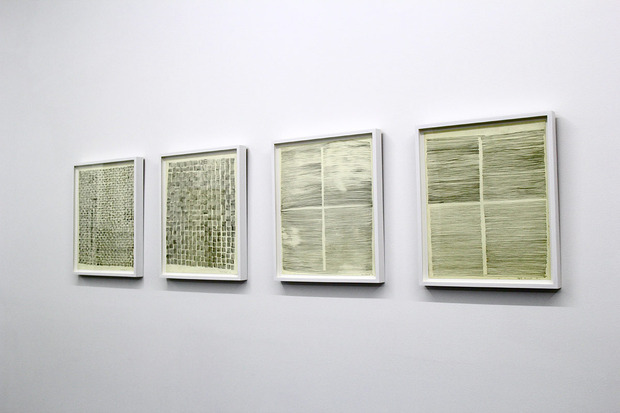
Miyamoto’s drawings supersede the bounds of the gallery wall and break the flat surface of drawing. She creates organic systems, topologies, rather than measured ones—and she does so softly, with imprecision.
Kazuko Miyamoto’s solo exhibition is on view until 2 March 2014 at Invisible Exports, at 89 Eldridge Street in New York City.
Photos by Charlotte Anderson
